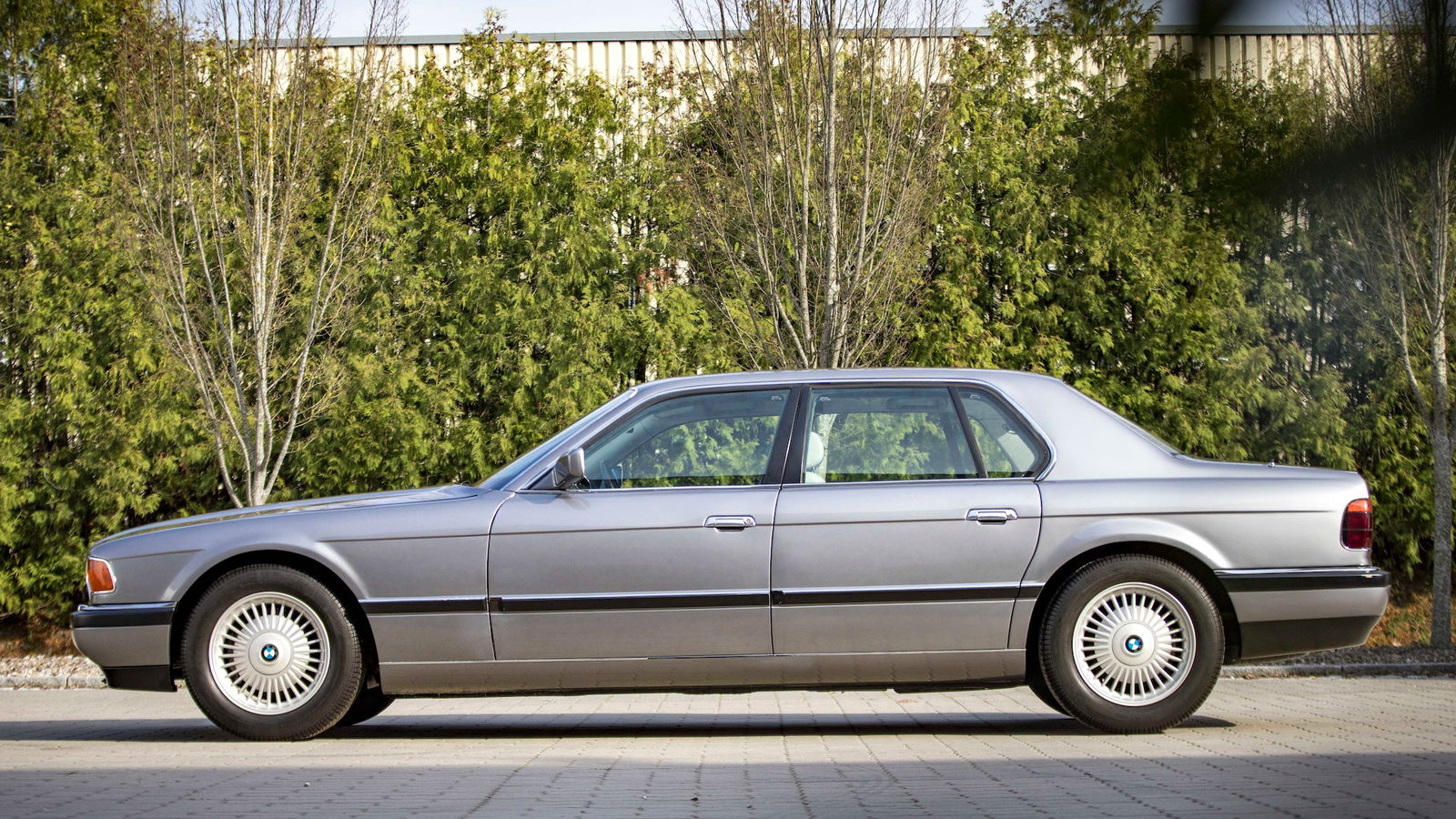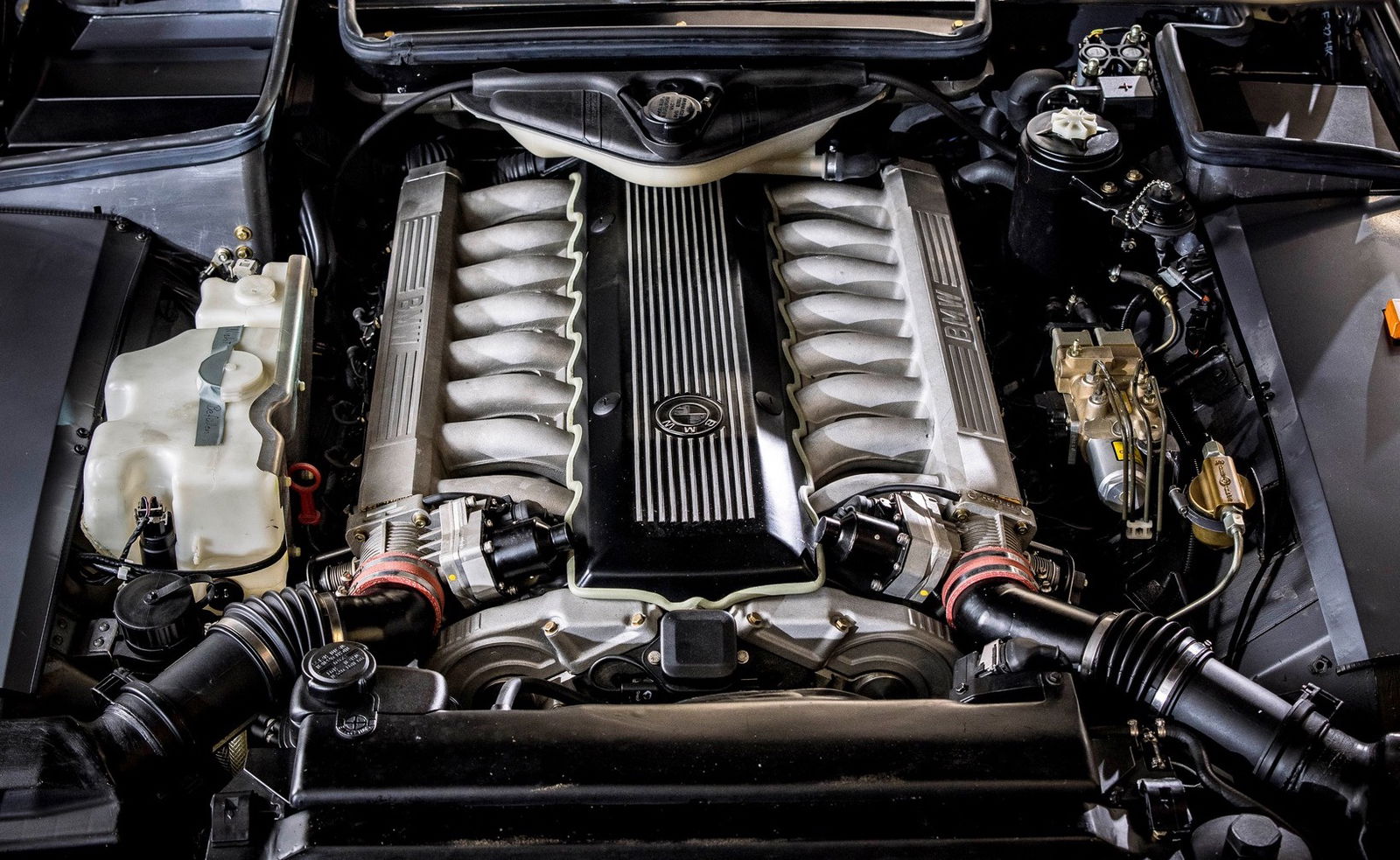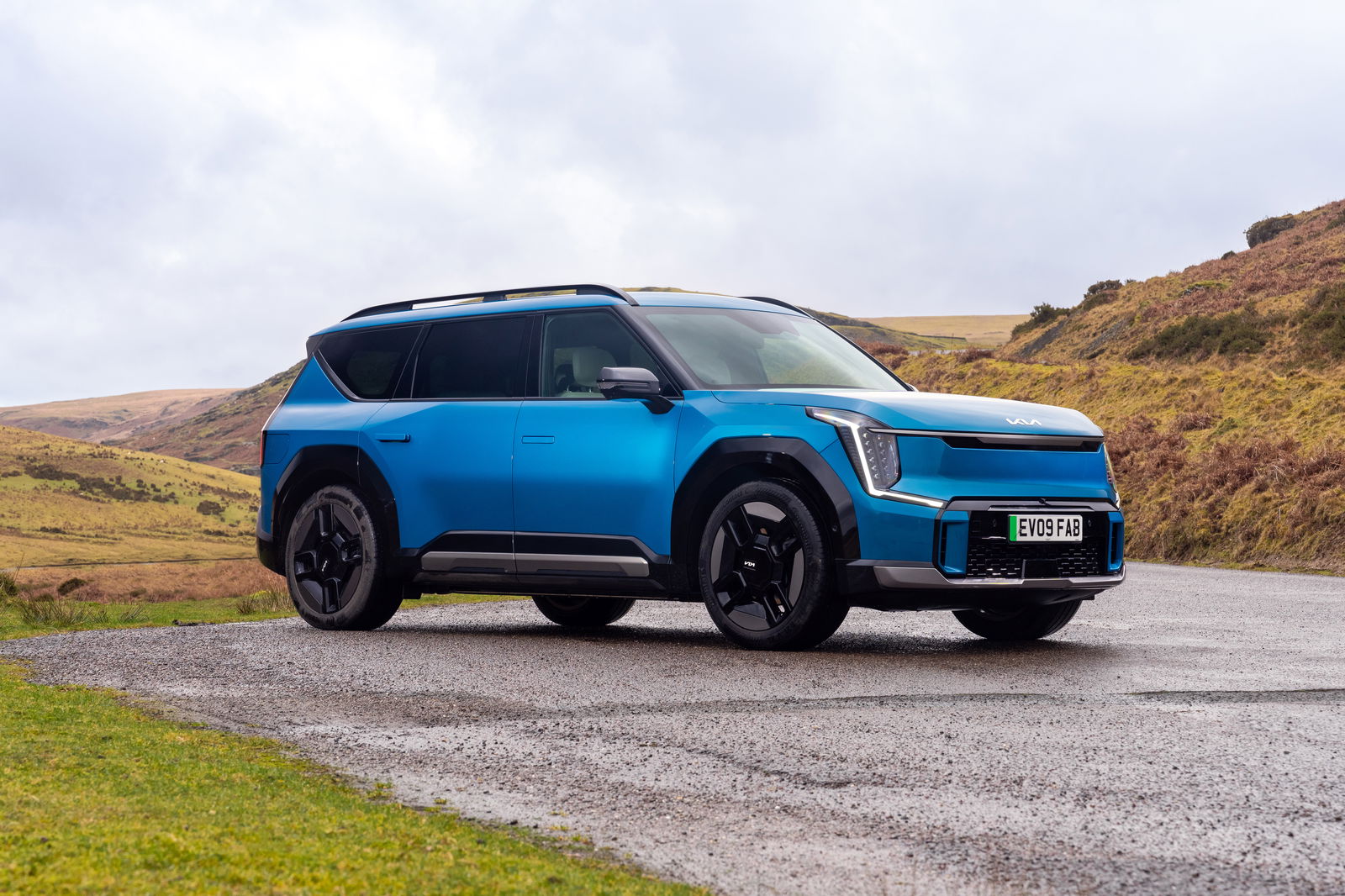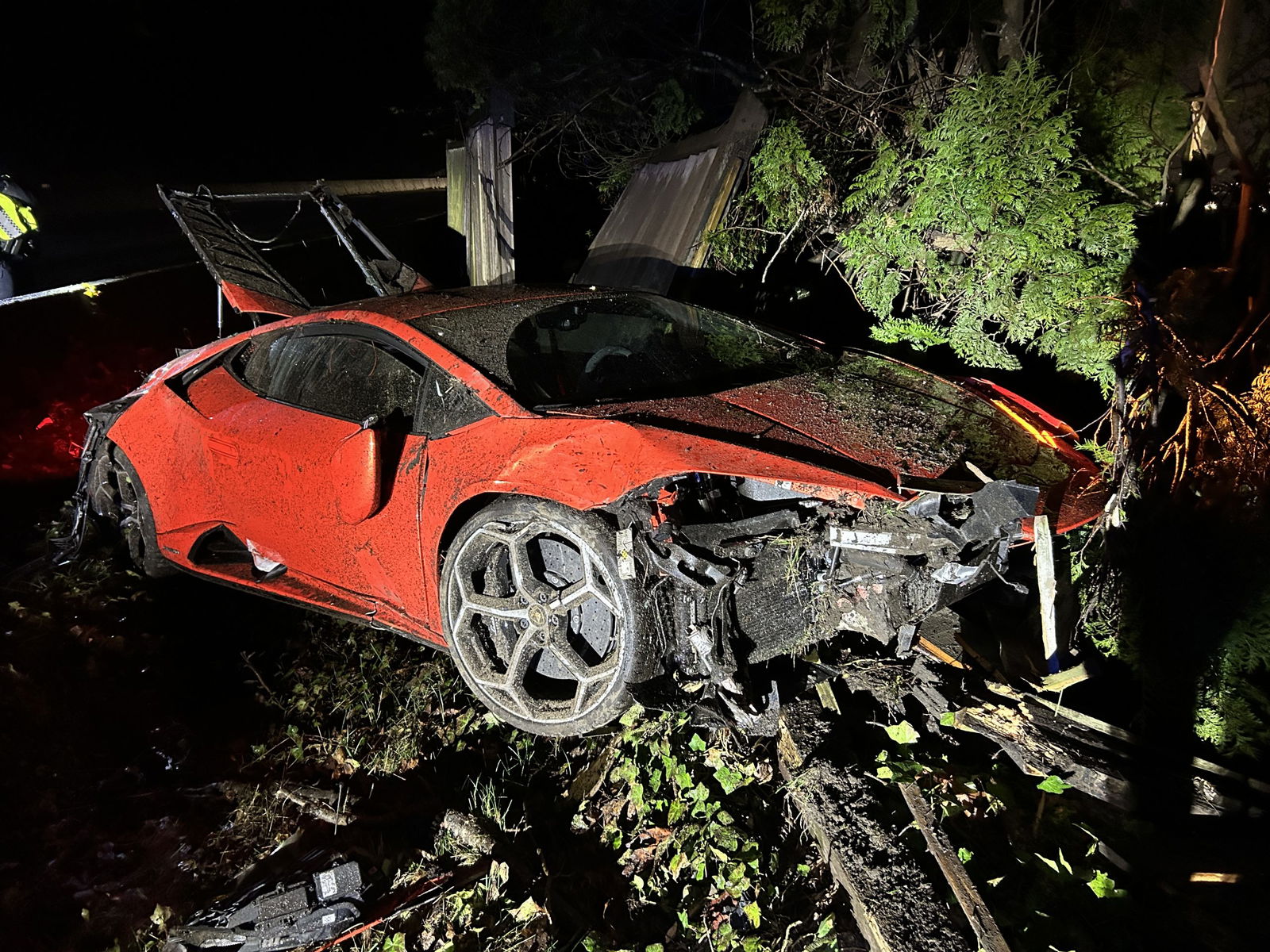This V16-Powered BMW 7-Series Has Emerged From Hiding After 34 Years

It seems, rather unexpectedly, that 2024 is the year of the V16 engine. Not long after Bugatti announced its next car would be fitted with an all-new V16, BMW has surprised attendees of the Techno-Classica Essen historic car show in Germany by exhibiting a long-hidden 7-series prototype fitted with the rare engine configuration.
BMW’s history with the V16 is far from undocumented. In the 1980s, it developed a 6.7-litre V16 which it called the Goldfisch. Yes, that translates into exactly what you think it does and no, we’re not sure why BMW decided to name a mighty 16-cylinder engine after the sort of small, forgetful fish you used to be able to win in plastic bags at funfairs.
Making just over 400bhp, the Goldfisch engine was fitted to a prototype long-wheelbase E32 7-series in 1988. It ultimately never made production, but that car, with its distinctive rear-mounted intakes that fed air into a cooling system that had to be moved to the boot, has been trotted out by BMW Group Classic on multiple occasions since.
What wasn’t so well-known, however, is that BMW had another crack at putting a V16 in its flagship saloon just a couple of years later. It’s this second, previously secret car, that’s been put on display in Essen.
Built in 1990, the engine has a slightly different configuration from the original Goldfisch. It’s now a 6.6-litre producing around 343bhp, driving the rear wheels through a five-speed automatic. BMW Group Classic claims a 155mph top speed.

Just as fascinating is that the car it’s fitted to seems to be a halfway house between the E32 7-series and the E38, which was introduced in 1994. It has some distinctive E38 features but the overall side profile and oddly-integrated headlights still resemble the previous-generation car.
Obviously, neither of the V16 7-series made production, with the car retaining a V12 as its top engine until 2022. It still wasn’t the end of BMW’s dalliances with the V16, though – after acquiring Rolls-Royce in the late ’90s, it set about developing a 9.0-litre V16 with a view to installing it in the then-upcoming Phantom. That engine never made production either, but did find its way into a couple of concept cars.



Comments